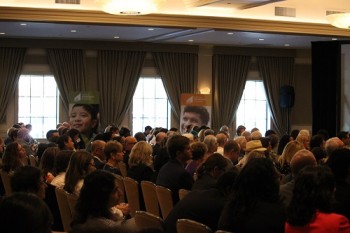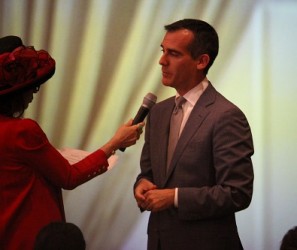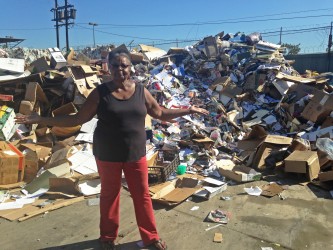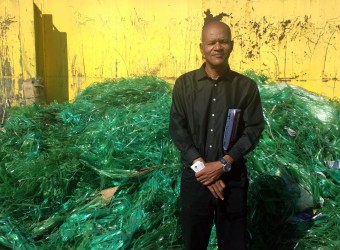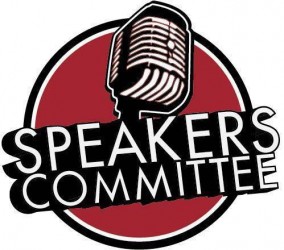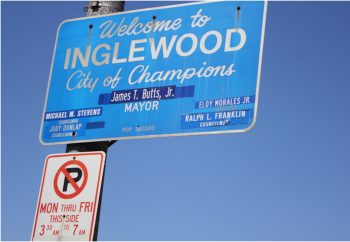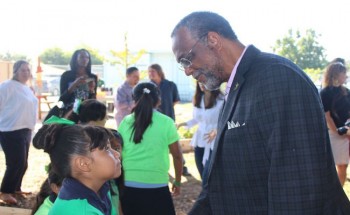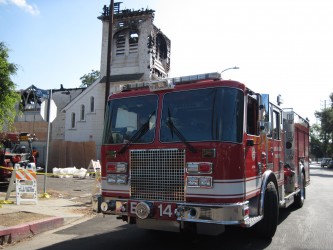
Firefighters responded to a fire in an industrial area early Wednesday morning. (Intersections South LA)
Chunk of city block destroyed by fast-moving flames in South L.A.: Several businesses were destroyed Wednesday morning after a fire in an industrial neighborhood in South LA began. Firefighters are unsure of the extent of the damage at this point in time. (LA Times)
Facing the Challenge of Violence in South LA: Rising violence in South LA has attracted media attention across the country. But understanding the history of South LA and the current climate is crucial for deciphering risks and making the neighborhoods safer for residents. (Huffington Post)









